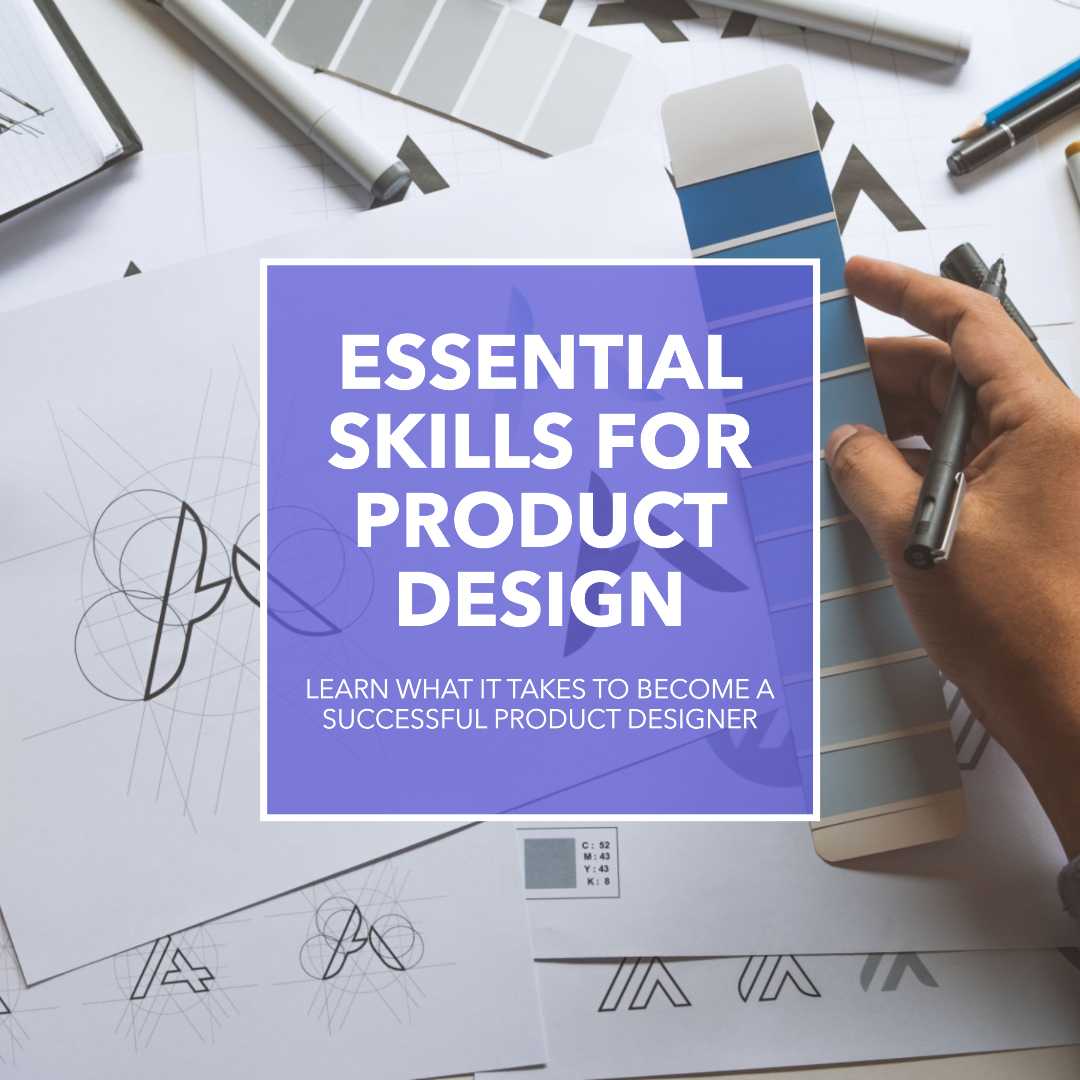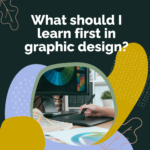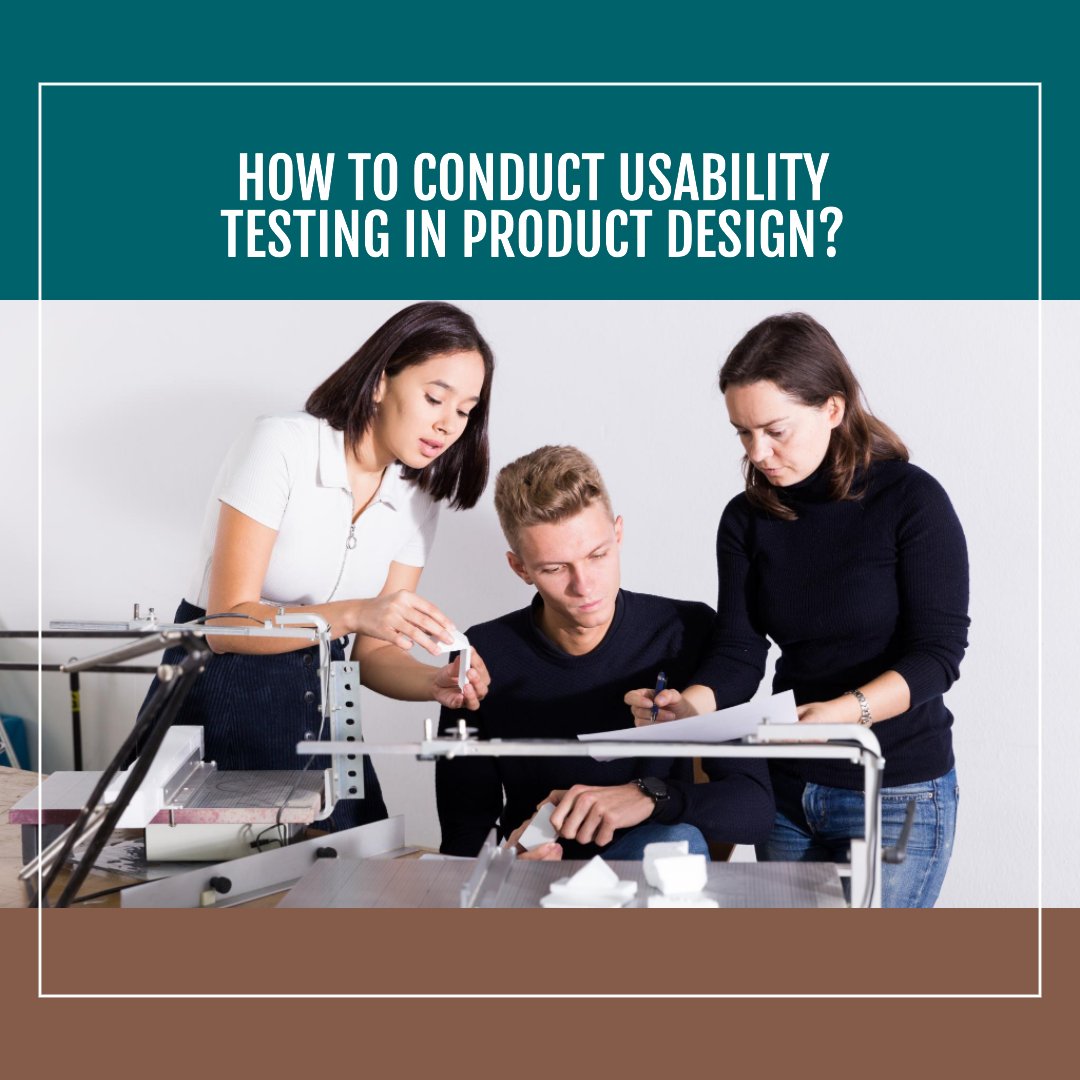Product design is a rapidly growing field, as businesses increasingly rely on digital products to connect with customers and achieve their goals. As a result, there is a high demand for skilled product designers.
If you are interested in becoming a product designer, there are a number of things you need to learn. These include:
- The design process: The design process is a framework for creating products that are both useful and desirable. It typically involves the following steps:
- Empathize: Understand the needs and wants of your users.
- Define: Define the problem that you are trying to solve with your product.
- Ideate: Generate ideas for solutions to the problem.
- Prototype: Create prototypes of your solutions and test them with users.
- Iterate: Make changes to your prototypes based on user feedback.
- Launch: Launch your product and continue to collect feedback from users.
- User experience (UX) design: UX design focuses on creating products that are easy to use and enjoyable to use. UX designers use a variety of methods to research and understand users, and then design products that meet those needs.
- User interface (UI) design: UI design focuses on the visual elements of a product, such as the layout, typography, and colors. UI designers work to create UIs that are both visually appealing and easy to use.
- Interaction design: Interaction design focuses on the way that users interact with a product. Interaction designers consider things like how users tap on buttons, scroll through menus, and swipe on screens.
- Design tools: There are a number of design tools that product designers use, such as Sketch, Figma, and Adobe XD. These tools allow designers to create wireframes, prototypes, and mockups of their products.
In addition to the above, there are a number of other skills that can be helpful for product designers, such as:
- Basic Coding: While it is not required for product designers to be able to code, it can be helpful to have a basic understanding of HTML, CSS, and JavaScript. This will allow you to communicate more effectively with developers and to create more realistic prototypes.
- Design thinking: Design thinking is a problem-solving approach that is based on understanding users and their needs. It is a valuable skill for product designers to have, as it allows them to create products that are truly user-centered.
- Communication: Product designers need to be able to communicate effectively with a variety of stakeholders, including users, developers, and business leaders. They need to be able to clearly explain their ideas and to get feedback on their designs.
How to learn product design
There are a number of ways to learn product design. You can take a course at a university or college, or you can learn online through resources such as tutorials, articles, and books.
If you are serious about becoming a product designer, it is important to get involved in the community. There are a number of online and offline communities where you can connect with other product designers and learn from them.
Here are some resources to help you get started in product design:
- Online courses:
- Product Design for Beginners by Coursera
- Product Design with Figma by Udemy
- Product Design for the Web by Udacity
- Books:
- Inspired: How to Create Tech Products Customers Love by Marty Cagan
- Don’t Make Me Think by Steve Krug
- Design of Everyday Things by Don Norman
- Articles:
- The Design Process: A Step-by-Step Guide
- What is User Experience (UX) Design?
- What is User Interface (UI) Design?
- What is Interaction Design?
- Online communities:
- Dribbble
- Product Hunt
- UX Collective
Conclusion
Becoming a product designer requires a lot of hard work and dedication. However, if you are passionate about creating products that people love, it is a rewarding career path.
By following the tips above and learning the necessary skills, you can become a successful product designer.







